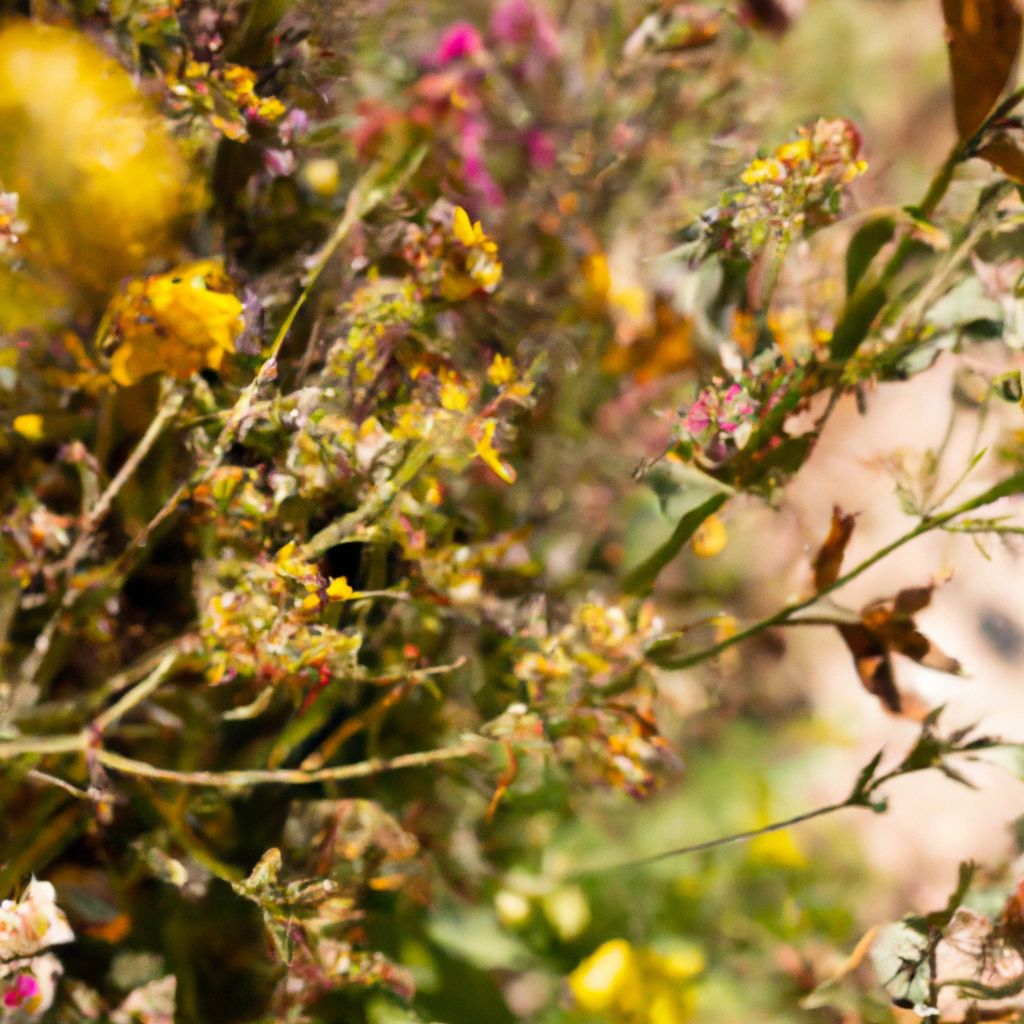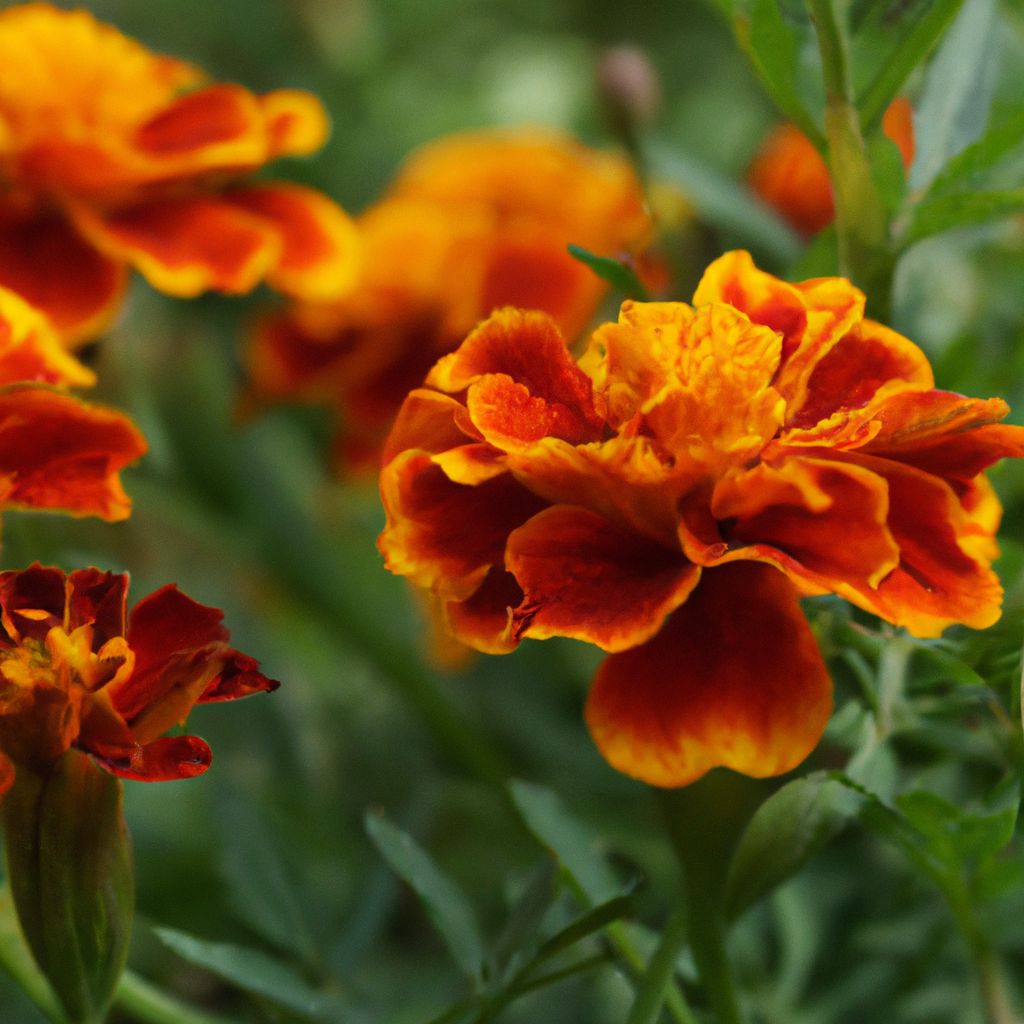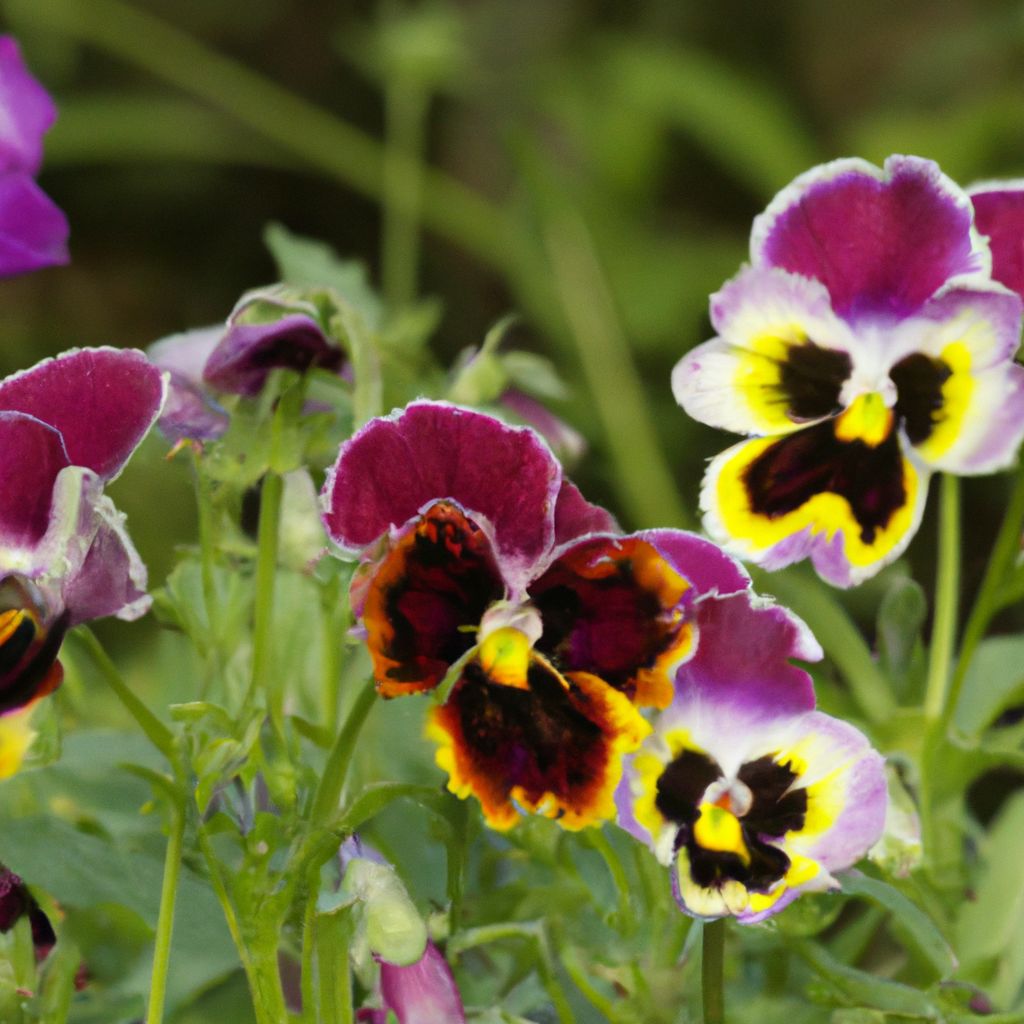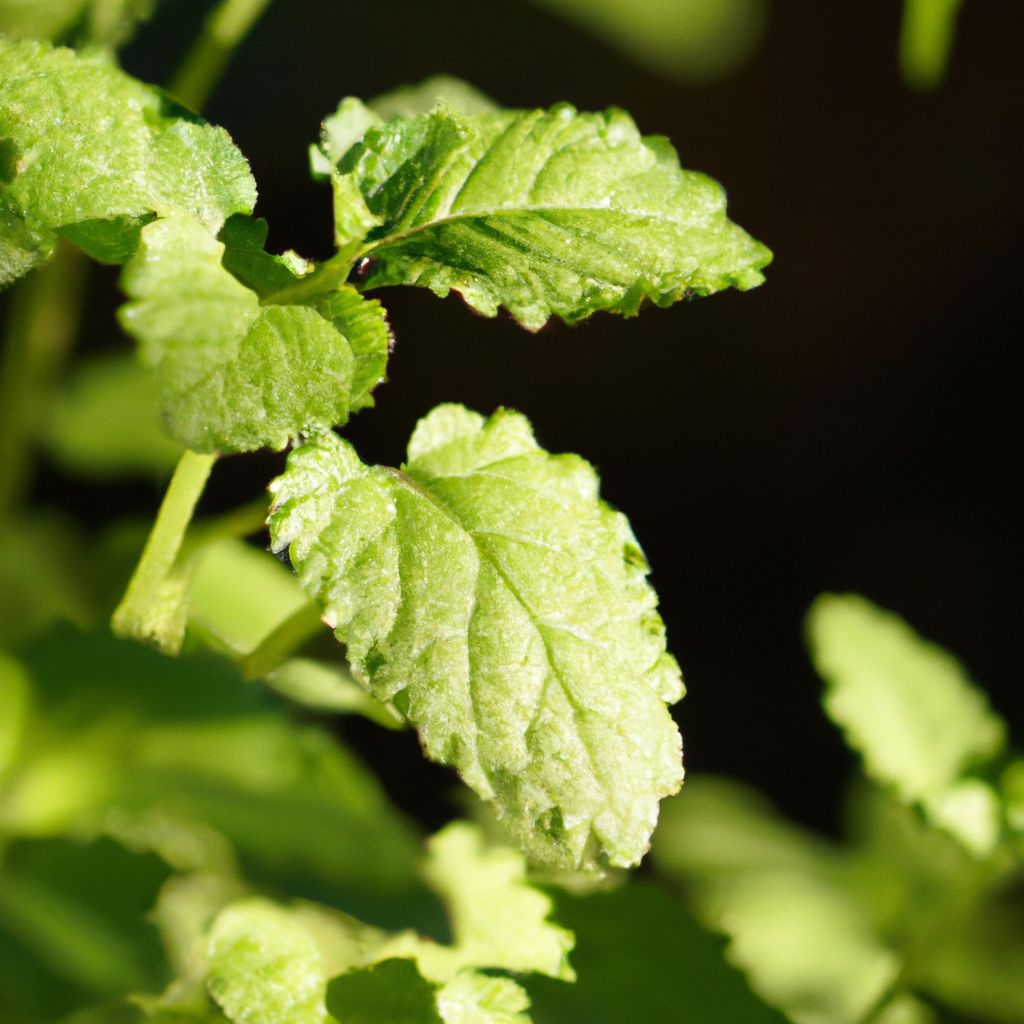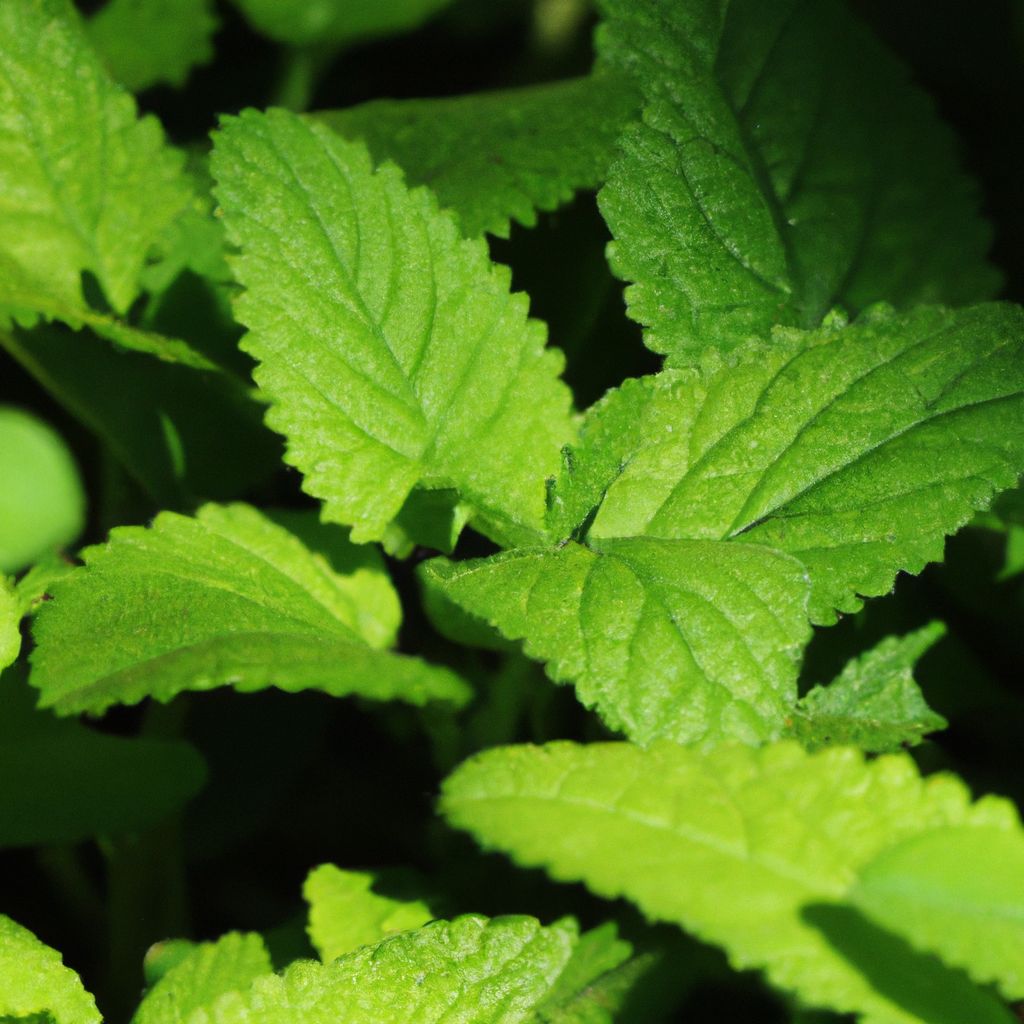Western African homegrown herbs offer a bounty of rich flavors, aromas, and health benefits to enhance your culinary creations and promote wellbeing. By propagating these herbs in your own garden, you gain access to fresh, organic ingredients while preserving traditional knowledge. This guide explores selecting varieties, preparing your garden, and utilizing effective propagation techniques to grow these valuable herbs at home. Discover how proper care and troubleshooting common issues can ensure your herbs thrive. Whether you’re a novice gardener or seasoned herbalist, cultivating these herbs connects you to the essence of Western Africa’s culture, heritage, and botanical wisdom.
The Allure of Western African Homegrown Herbs
Western African homegrown herbs provide a treasure trove of advantages:
- Convenient access to fresher, organic herbs compared to store-bought options
- Lower costs by growing your own versus purchasing
- Avoidance of pesticides and chemicals through controlled cultivation
- Maximized nutritional content by harvesting herbs at peak freshness
- Promotion of sustainability through traditional organic farming methods
- Preservation of culinary traditions via incorporation of herbs in recipes
- Renowned healing properties of medicinal herbs like moringa and aloe vera
- Strengthening of community bonds when propagating and sharing knowledge
- Respect for indigenous wisdom while enjoying bountiful harvests
By propagating these herbs yourself, you tap into an ancient botanical legacy offering abundant flavors, fragrances, and natural remedies right in your own backyard.
Selecting Herbs Tailored to Your Needs
When choosing herbs for propagation, consider:
- Climate and growing conditions – Select herbs suited to your region’s environment. Account for sunlight, temperature, humidity, and soil needs.
- Space available – Choose smaller, compact herbs like thyme if space is limited. Larger herbs like mint require more room to spread.
- Desired uses – Grow a selection of both culinary herbs for cooking and medicinal herbs for their health benefits.
- Culinary herbs – Basil, parsley, cilantro, thyme, sage, and mint lend bold flavor notes.
- Medicinal herbs – Moringa, aloe vera, hibiscus, turmeric, ginger, and garlic offer healing properties.
- Local varieties – Look into species native to Western Africa for authenticity. Vetiver, African ginger, and Ashanti pepper are examples.
- Planting material – Purchase reputable seeds or cuttings from organic sources. Avoid diseased plants.
By carefully choosing herbs suited to your specific conditions and needs, you’ll set your garden up for propagation success. Consider the following when selecting varieties:
Factors for Culinary Herbs
- Flavor profile – choose herbs with flavors you enjoy and will use frequently in dishes
- Aroma – select herbs with fragrances that will scent and enhance your cooking
- Plant size – smaller herbs like thyme work well for compact indoor gardens
- Growth rate – faster growing herbs like basil offer a quick harvest
- Preferred cuisine – match herbs like cilantro for Mexican and Thai dishes
- Leaf texture – incorporate diverse leaves like frilly parsley and fuzzy sage
Factors for Medicinal Herbs
- Targeted benefits – select herbs that provide the healing properties you seek, like moringa for antioxidants
- Potency – research highly potent medicinal herbs for maximum therapeutic effects
- Forms of use – consider how you want to use the herb – teas, tinctures, poultices, etc.
- Preferred modes – determine ideal approaches like supplements, topical creams, essential oils
Important Considerations for Any Herb Variety
- Native species – choose regionally adapted plants for easier growing
- Mature plant size – factor in the eventual size at maturity for proper spacing
- Growth habit – note spreading or trailing behaviors that affect garden layout
- Sun requirements – match herbs needing full sun versus partial shade
- Soil needs – select herbs suited to your existing soil moisture, nutrients, and pH
- Aggressiveness – beware of vigorous spreaders like mint overwhelming other plants
- Invasiveness – avoid herbs with the potential to become weedy or invasive in your climate

Preparing Optimal Conditions for Propagation
Proper preparation of your propagation space is key to robust plant growth:
- Sunlight – Ensure the area gets a minimum of 6 hours of direct sun daily. Morning light is ideal.
- Drainage – Select a spot that drains well or amend soil with sand/gravel to prevent waterlogging.
- Wind protection – Shield plants from strong winds which can dry and damage foliage. Use fencing.
- Water access – Site your garden near an outdoor spigot or hose for convenient watering.
- Soil testing – Check soil pH and nutrient levels. Adjust as needed for your herb varieties.
- Soil amendments – Mix in 2-4 inches of compost or well-rotted manure to feed plants and help retain moisture.
- Weed removal – Clear area of weeds, rocks and debris that can impede growth. Loosen soil.
- Level ground – Rake soil smooth and flatten any bumps for a uniform planting bed.
- Pre-watering – Thoroughly saturate soil 1-2 weeks before planting to hydrate area and settle amendments.
Here are some key tips for preparing optimal propagation conditions:
- Improve dense or compacted soil by mixing in amendments like compost or coconut coir to allow good root penetration.
- Consider creating raised garden beds if drainage is poor. The elevated soil height improves drainage.
- Use drip irrigation or soaker hoses to efficiently deliver water right to each plant’s roots and reduce waste.
- To save space, use vertical gardening methods like walls, trellises or stacked pots to grow upward.
- Place large pots on rollers or rotating bases to easily shift plants to optimal sun exposure as needed.
- Install windbreaks like fences or hedges to protect delicate herbs from harsh winds, especially when propagating.
- For container gardening, choose larger pots that won’t need frequent repotting as herbs grow bigger.
Proper propagation conditions give your herbs the best start, ensuring they establish a vibrant, healthy root system and foliage. This sets the stage for vigorous growth.
Effective Propagation Techniques
Several key techniques successfully generate abundant new herbs:
Seed Propagation
- Select high quality herb seeds suitable for your climate. Check expected germination rates.
- Direct sow seeds in garden beds or start in trays then transplant seedlings. Follow seed packet instructions.
- Water regularly to keep soil moist for germination. Thin/space seedlings once they sprout.
- Transplant seedlings into permanent growing positions once they reach 3-4 inches tall.
Tips for successful seed propagation:
- Start seeds indoors 6-8 weeks before your region’s last expected frost date.
- Use sterile seed starting mix and containers with drainage holes to avoid disease.
- Cover trays or pots with plastic film or mini greenhouses to retain moisture.
- Provide supplemental lighting if natural sunlight is inadequate for robust growth.
- Gradually expose seedlings to outdoor conditions over 7-10 days before transplanting.
Stem Cuttings
- Take 6 inch cuttings from healthy parent plants using sharp, sterile pruners.
- Strip lower leaves, dip cut end in rooting hormone, and insert into potting mix.
- Water to keep soil moist. Cover pot with plastic bag to retain humidity until roots form.
- Once rooted, acclimate plant to normal humidity levels before transplanting.
Recommendations for prolific stem cuttings:
- Take cuttings first thing in the morning when plants are fully hydrated.
- Use a sharp, disinfected knife or pruners for clean cuts that won’t crush stems.
- Make angled cuts rather than straight across to expose more stem surface area.
- Choose vigorous, leafy sections of new growth as they root quickly. Avoid flowering stems.
- Apply pressure when inserting cuttings into soil to ensure good contact.
Division
- Certain herbs like mint naturally propagate by underground runners/rhizomes.
- Lift plant, separate rooted sections, and replant divisions to create new plants.
- Water well after division and monitor for several weeks as divisions establish.
Division propagation tips:
- Time division in early spring or fall and avoid extreme summer heat.
- Water plants well one day before dividing to keep soil intact around roots.
- Use two garden forks inserted into the plant back-to-back to gently pry sections apart.
- Select healthy divisions with plenty of roots and avoid any diseased portions.
- Set divisions slightly higher in soil than previously planted to discourage crown rot.
Layering
- Pin part of a low-lying stem to soil using a U-shaped staple or wire.
- Leave pinned section in contact with soil as it develops its own roots.
- Once well-rooted, cut from parent plant and transplant.
Layering pointers:
- Lower, prostrate stems with leaf nodes work better than upright branches.
- Scrape a bit of outer stem surface before pinning to reveal the inner green cambium layer.
- Use sphagnum moss or coco coir around the pinned area to provide humidity and nutrition.
- Once rooted, cut the new plant away and transplant quickly before roots dry out.
- Water frequently after transplanting layered sections to help them establish.
No matter which method you utilize, proper preparation, care, and maintenance lead to propagation success.

Caring for Your Western African Homegrown Herbs
Consistent, attentive care keeps herbs thriving through propagation and beyond:
Watering
- Water young propagating plants daily until established. Monitor soil moisture.
- Mature herbs prefer weekly deep watering. Allow soil to partially dry out between waterings.
- Adjust watering frequency based on climate, season, and individual herbs’ moisture preferences.
Effective watering practices for robust herbs:
- Water early in the day to allow excess moisture to dry by nightfall.
- Add water slowly and deeply, avoiding runoff to encourage deep rooting.
- Install drip irrigation or soaker hoses to target the roots versus leaves.
- Avoid overhead watering which can lead to fungal issues in leaves and stems.
- Check soil moisture 2-3 inches below the surface before watering to gauge true dryness.
- Mulch around plants to cool roots and retain moisture while suppressing weeds.
Fertilizing
- Use organic fertilizers like compost tea, fish emulsion, worm castings. Avoid synthetic chemicals.
- Fertilize every 2-3 weeks during active growth periods according to product instructions.
- Reduce feeding during hot, dry weather or winter dormancy periods to avoid burnt foliage.
Organic fertilizer tips:
- Incorporate slow release fertilizers at planting time to provide a continuous feed.
- Alternate between liquid feeds like fish emulsion and top-dressed solid feeds like compost.
- Foliar sprays introduce nutrients through the leaves and are great for micronutrients.
- Monitor plants for signs of deficiency like yellowing leaves or stunted growth before fertilizing.
- Apply fertilizer near roots and water it in well, avoiding contact with the herb foliage.
Pruning
- Regular pruning stimulates dense, bushy growth. Target leggy stems and dead sections.
- Time pruning based on each herb’s growth habits. Prune just before major growth flush.
- Always use clean, sharp pruners to avoid damage. Make cuts above leaf nodes.
Proper pruning enhances herbs:
- Remove flower heads to direct energy towards leaf and stem growth.
- Cut back herbs by 1/3 their height at start of growing season to encourage bushy regrowth.
- Prune herbs frequently, pinching off top growth to prevent leggy or bare lower stems.
- Disinfect pruners between plants with diluted bleach solution to avoid spreading diseases.
- In colder zones, delay major pruning until new spring growth emerges after last frost.
Pests/Diseases
- Inspect plants frequently and identify/address issues early before they spread.
- Remove damaged leaves/stems immediately and isolate sick plants if needed.
- Employ natural remedies like neem oil or insecticidal soap versus chemical pesticides.
- Improve air circulation and avoid overcrowding to prevent fungal diseases.
Keep herbs thriving with these integrated pest management tips:
- Apply horticultural oils or neem treatments early in the season to deter pests.
- Introduce beneficial insects like ladybugs or green lacewings to counter aphids and other bugs.
- Set sticky traps to monitor and control flying pests like whiteflies without chemicals.
- Remove affected foliage immediately and discard it sealed in bags to avoid spreading disease.
- Use drip irrigation versus overhead watering to keep foliage dry and discourage fungal pathogens.
- Rotate plantings yearly to interrupt pest life cycles in affected areas.
Diligent care enables your herbs to overcome stresses and thrive both through propagation and into maturity.

Harnessing the Benefits of Western African Herbs
Once established, Western African herbs offer diverse uses:
Culinary Uses
- Basil, thyme, rosemary – robust flavor notes for stews, roasted meats, marinades
- Cilantro, parsley, mint – fresh accents for salads, chimichurri, tabbouleh
- Turmeric, ginger – spice up curries, stir fries, teas
- Garlic, onions – aromatic foundations for sauces, soups, sear foods
- Experiment with herbs’ unique flavors to create signature spice blends and rubs
Get creative with Western African herbs:
- Infuse olive oil or vinegars with herbs like rosemary, basil and thyme for bold dressings.
- Stuff fish or poultry with blends of parsley, oregano, garlic, lemon and onions for dynamic flavor.
- Skewer meats, seafood, or vegetables on lemongrass stalks to impart flavor during grilling.
- Blend fresh herbs into compound butters or cheese spreads to elevate baked potatoes, bread and more.
- Add chopped herbs at the end of cooking versus simmering to preserve their fresh flavors.
Medicinal Uses
- Moringa – antioxidant, anti-inflammatory, bone/joint health
- Aloe vera – soothes burns, cuts, skin irritations, digestive issues
- Hibiscus – antihypertensive properties help lower blood pressure
- Garlic – boosts immune function, lowers cholesterol, antifungal
- Ginger – aids digestion, relieves nausea/vomiting, anti-inflammatory
- Neem – antimicrobial, skin/dental health, immune booster
Reap the healing benefits:
- Use aloe gel from fresh leaves to make skin-soothing creams or add to smoothies.
- Drink hibiscus or ginger tea to gently reduce high blood pressure or aid digestion.
- Simmer fresh or dried moringa leaves into stews, soups and curries to boost nutrition.
- Grate fresh turmeric root into milk, yogurt, juices, and golden lattes to harness anti-inflammatory power.
- Infuse olive or coconut oil with herbs like garlic or neem to create medicinal home remedies.
Cultural Uses
- Spiritual rituals and ceremonies
- Herbal medicine traditions
- Natural home cleaning solutions
- Aromatherapy and incense
- Cosmetics like shea butter skin creams
- Rites of passage and celebrations
Connect with African culture:
- Grow and use Rooibos and Honeybush teas indigenous to South Africa.
- Incorporate Ashanti pepper, native to Ghana, for its distinct spicy kick.
- Craft natural insect repellents with lemongrass, citronella, and eucalyptus.
- Make therapeutic herbal salves with regional ingredients like marula oil and kalahari melon seed oil.
- Infuse your home with the scent of Africa using incense from herbs like nagchampa.
Growing and using Western African homegrown herbs lets you experience the vibrancy of African culture through flavors, fragrances, and plant remedies.
Troubleshooting Common Propagation Issues
While herbs are relatively easy to grow, some common issues can arise:
Overwatering
Excess moisture encourages fungal rot and root diseases. Adjust watering practices, improve drainage, and allow soil to partially dry out between waterings.
Underwatering
Drought-stressed plants exhibit wilting, browning leaves, and stunted growth. Increase watering frequency and volume. Use mulch to retain moisture.
Nutrient Deficiencies
Yellowing leaves, weak growth point to insufficient nutrition. Test soil and apply organic fertilizer as needed. Compost and manure boost nutrients.
Diseases/Pests
Powdery mildew, aphids – remove affected plant parts immediately. Apply natural treatments like neem oil or insecticidal soap versus chemical pesticides.
Sunburn
Scorched, dried leaves. Gradually acclimate plants to increased sunlight exposure. Provide shade cloth protection if needed.
Root Binding
Stunted growth in container plants. Transplant to a larger pot or divide rootbound plants.
With attentive monitoring and prompt troubleshooting, herbs can overcome issues and flourish. Don’t hesitate to discard plants that fail to respond to remedies.
Be proactive to avoid propagation pitfalls:
- Start with high quality seeds and disease-free cuttings or plants to prevent issues.
- Provide optimal sunlight and airflow to discourage fungal disease development.
- Use sterile potting media and containers to avoid soil-borne diseases.
- Monitor for pest eggs or larvae underneath leaves and handpick to prevent spread.
- Apply beneficial nematodes to soil to naturally destroy soil-dwelling pest larvae.
- Use fabric row covers to create protective barriers against certain pests while allowing air flow.
- Sterilize tools and gloves between plants with diluted bleach to prevent transferring diseases.
- Group plants with similar water and sunlight needs together for ease of care.
- Ensure proper spacing between plants and avoid overcrowding.
With knowledge of common propagation challenges and proactive prevention, your herbs will thrive more vigorously than ever.

Cultivate Your Own Western African Homegrown Herb Garden
Revitalize your cooking, benefit your health, and embrace African culture by propagating Western African herbs. With proper variety selection for your needs, optimal propagation conditions, and attentive yet gentle care, you’ll soon have a vibrant herb garden brimming with unique flavors, fragrances, and remedies. Troubleshoot issues promptly, practice patience as plants establish, and continuously nurture your herbs while enjoying their bounty. Let Western African homegrown herbs infuse your kitchen and home with life as you deepen your connection to the earth’s botanical gifts.
Get started growing your own Western African herb garden with these simple steps:
1. Select Your Herbs
Choose a variety of 3-5 herbs suited to your climate that provide desired culinary flavor or medicinal benefits. Opt for a mix of quick growing annuals like basil plus perennials like mint or oregano.
2. Prepare Your Propagation Area
Assess your propagation space for proper sunlight, drainage, wind protection and access to water. Amend soil with compost and clear debris. Level the area and moisten soil.
3. Obtain High Quality Planting Material
Purchase reputable herb seeds, cuttings or starter plants from local nurseries, garden centers or online sources. Check for signs of pests or disease.
4. Propagate Using Preferred Method
Follow best practices for sowing seeds, taking cuttings, dividing plants or layering based on your chosen herbs’ needs. Provide attentive care.
5. Transplant & Nurture Your Herbs
Once herbs are established, transplant them to permanent growing positions. Apply organic mulch. Water and fertilize appropriately. Prune and monitor for issues.
6. Enjoy Your Herb Garden Harvest
Once your herbs begin thriving, start harvesting leaves, seeds, roots or flowers according to each herb’s preferences. Incorporate into your culinary creations, natural remedies, and cultural practices.
The journey into the wonderful world of Western African homegrown herbs begins with just a few seeds or cuttings. With time, patience and care, you’ll gain access to nature’s abundance grown through your own green thumb!
Infuse Your Life With Rich Flavors
Propagating Western African homegrown herbs allows you to infuse your life with rich flavors, healing remedies, and multicultural connections. Follow this guide to successfully grow a vibrant collection of herbs that speak to your climate, space, and personal needs. Prepare propagation conditions tailored to your herbs’ requirements and nurture them with consistent yet gentle care. Troubleshoot issues promptly as they arise. Most importantly, enjoy the bounty as you deepen your ties to nature’s gifts and the essence of African traditions through your thriving herb garden.











































